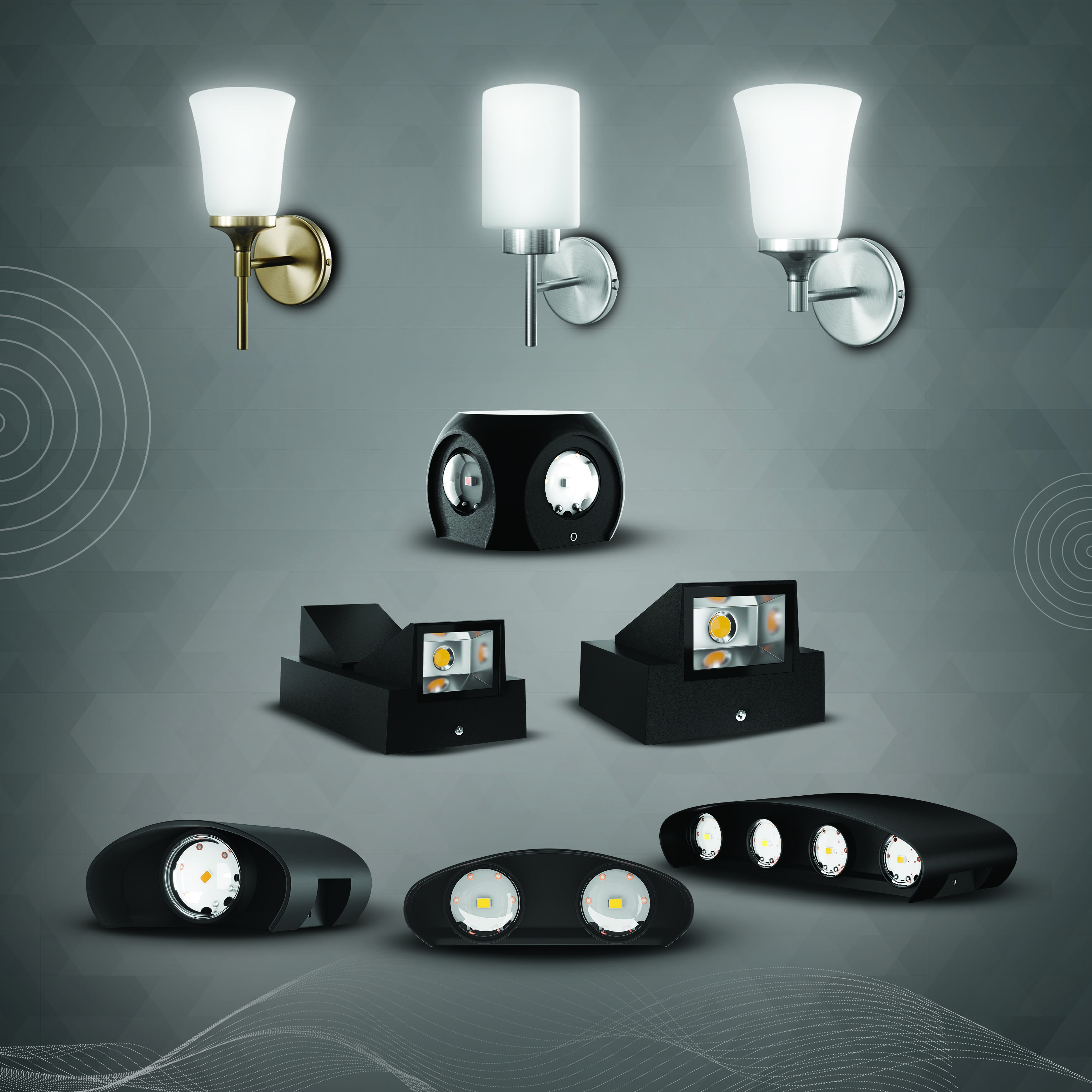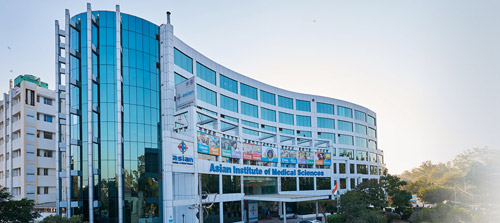In a significant development, the National Medical Commission (NMC) has approved the establishment of 112 new medical colleges across India. This move will bring the total number of medical colleges in the country to over 800, marking a substantial increase in the infrastructure available for medical education. Since the 2013-14 academic year, the number of medical colleges in India has nearly doubled, reflecting the government’s commitment to improving healthcare education and accessibility.
Growth in Medical Education Seats: The expansion of medical colleges has been accompanied by a dramatic increase in the number of seats available for medical students. The number of undergraduate MBBS seats has grown by almost 110%, rising from 51,348 in 2013-14 to 108,990 in the 2023-24 academic year. Similarly, postgraduate seats have seen a nearly 118% increase, from 31,185 to 68,073 during the same period. This substantial growth aims to address the acute shortage of medical professionals in the country and ensure a steady supply of well-trained doctors to meet the healthcare needs of a growing population.
Regional Distribution of New Colleges: Among the newly approved medical colleges, Uttar Pradesh stands out with the highest number, securing 22 new institutions. This strategic decision is aimed at enhancing medical education in the state and addressing regional disparities in healthcare access. Additionally, a new medical college has been approved in Najafgarh, Delhi, contributing to the capital’s medical education infrastructure.
Integration with District Hospitals: Many of the new medical colleges are planned to be linked with local district hospitals. This integration is expected to provide sufficient clinical material and hands-on training opportunities for MBBS students. By partnering with district hospitals, these colleges can offer practical experience that is crucial for medical education. This approach also aims to reduce the operational costs of private medical colleges, making medical education more affordable and accessible.
Recommendations for Reducing Costs: A recent parliamentary committee, chaired by MP Bhubaneswar Kalita, has recommended several measures to address bureaucratic hurdles and effectively implement partnerships between private medical colleges and district hospitals. One key suggestion is to subsidize necessary equipment for setting up skill labs in private colleges. These labs, which are essential for practical medical training, are often sophisticated and costly, frequently requiring imported equipment. By subsidizing these costs, the government can help lower the overall expense of setting up and operating private medical colleges.
Addressing the Cost of Medical Education: The cost of pursuing an MBBS degree varies significantly between government and private institutions. In government-funded medical colleges, the average course fee can be as low as Rs 50,000 per annum, making it affordable for many students. However, gaining admission to these subsidized institutions is highly competitive, with only the top performers in the NEET-UG exam securing places.
For many students, private medical colleges are the only viable option, but the costs can be prohibitive. The recommendations from the parliamentary committee to subsidize equipment and encourage partnerships with district hospitals are steps toward making medical education more affordable across the board. By reducing the financial burden on private colleges, the government hopes to rationalize the costs of medical education and make it accessible to a broader range of students.
Enhancing the Quality of Medical Education: The focus on expanding medical colleges and increasing the number of seats is part of a broader strategy to enhance the quality of medical education in India. The NMC and the government are also working on improving the curriculum, introducing new teaching methods, and ensuring that medical students receive comprehensive training that prepares them for the challenges of modern healthcare.
The establishment of new colleges and the increase in seats are expected to bring more doctors into the healthcare system, improving access to medical care, particularly in underserved regions. This is crucial for a country like India, where the demand for healthcare services continues to grow.
Challenges and Future Directions: While the expansion of medical colleges and the increase in seats are positive steps, there are several challenges that need to be addressed to ensure the success of these initiatives. One of the primary challenges is maintaining the quality of education across all institutions. With the rapid increase in the number of colleges, there is a risk that some may not meet the required standards, leading to a potential compromise in the quality of medical graduates.
To mitigate this risk, the NMC must implement strict regulatory measures and regular inspections to ensure that all medical colleges adhere to the highest standards of education and training. Additionally, there should be a focus on continuous professional development for faculty members to ensure that they are equipped with the latest knowledge and skills in medical education.
Another challenge is ensuring that the new medical graduates are well-prepared to work in diverse healthcare settings, particularly in rural and underserved areas. To address this, the curriculum should include training in community medicine and rural healthcare, along with opportunities for students to gain practical experience in these settings.
The approval of 112 new medical colleges by the National Medical Commission marks a significant milestone in the expansion of medical education in India. With the number of medical colleges set to exceed 800, and the substantial increase in both undergraduate and postgraduate seats, the government is taking important steps to address the shortage of medical professionals in the country.
By integrating new colleges with district hospitals, subsidizing essential equipment, and implementing recommendations to reduce costs, the government aims to make medical education more affordable and accessible. These measures, combined with a focus on maintaining high standards of education and training, will ensure that India continues to produce well-trained doctors who can meet the healthcare needs of its population.

 The approval of 112 new medical colleges by the National Medical Commission marks a significant milestone in the expansion of medical education in India.
The approval of 112 new medical colleges by the National Medical Commission marks a significant milestone in the expansion of medical education in India. 










.jpeg)

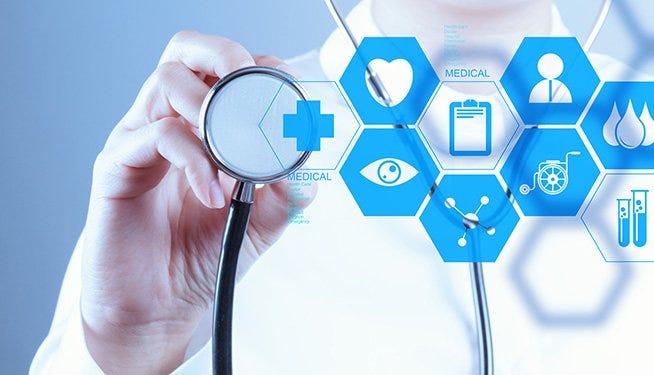


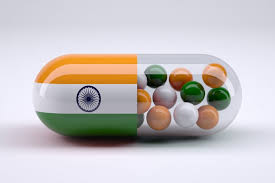


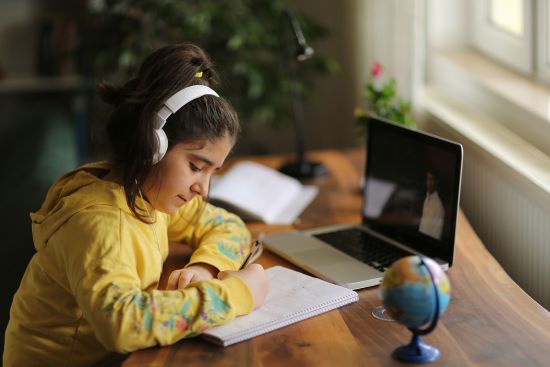


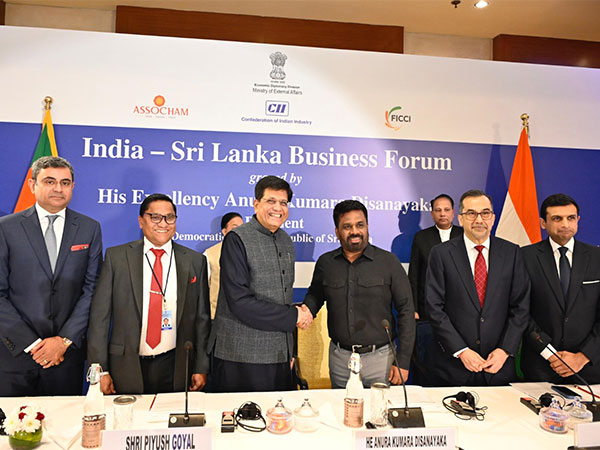
.jpg)
